- What We Do
- Agriculture and Food Security
- Democracy, Human Rights and Governance
- Economic Growth and Trade
- Education
- Environment and Global Climate Change
- Gender Equality and Women's Empowerment
- Global Health
- Humanitarian Assistance
- Transformation at USAID
- Water and Sanitation
- Working in Crises and Conflict
- U.S. Global Development Lab
Speeches Shim
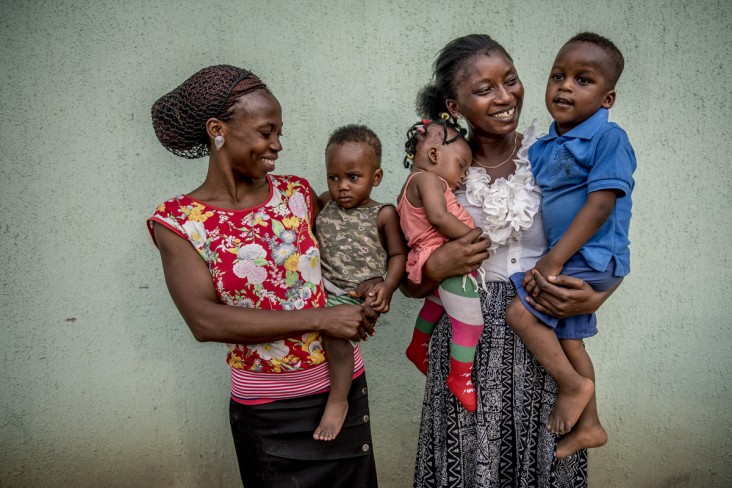
Globally, 70 percent of deaths among children and young adolescents occured in the first five years of life in 2019.1
Pneumonia, diarrhea, and malaria are among the leading causes of childhood death and are collectively responsible for almost one-third of deaths among children under five years old—but most of these deaths can be prevented with inexpensive, evidence-based interventions. Deaths among children under five have fallen from 12.5 million per year in 1990 to 5.2 million in 2019—a dramatic decrease, but one that demands further progress.2
USAID's investments to support child health aim to reduce child mortality, expand equitable access to quality care, and lay the groundwork for optimal growth and development so that children can grow into healthy adults. To accelerate further reductions in preventable child deaths, USAID partners with countries to implement known, affordable, low-technology interventions at scale and works with the private sector to build its capacity to provide high-quality health information, products, and services for children.
In 2019 alone, USAID's child health programs helped reach 92.8 million children with treatments for diarrhea and pneumonia.3
USAID’s child health efforts focus on 25 countries that collectively account for more than 70 percent of child deaths worldwide and often have limited access to high-quality facility based services. In the absence of public or private, facility-based services in remote areas, USAID supports integrated community case management (iCCM), a platform from which trained community health workers can diagnose and treat key illnesses, as well as identify and refer those cases that need immediate and more specialized levels of care to ensure that no child is left behind.
Our work to improve child health is cross-sectoral and includes preventive measures such as timely, long-lasting insecticide-treated bednets to prevent malaria; accurate diagnosis and treatment of malaria; improved water, sanitation, and hygiene (WASH) infrastructure and behaviors; adequate nutrition; and strong, resilient routine immunization systems. Our efforts rely on catalytic investments and strong partnerships with country governments, donors, and the private sector to extend our reach and have the greatest possible impact on child survival.
Resources
USAID 2020 Acting on the Call: Ending Preventable Child and Maternal Deaths
President’s Malaria Initiative
UNICEF One is Too Many: Ending Child Deaths from Pneumonia and Diarrhea
UNICEF: Levels and Trends in Child Mortality, 2020
USAID's Impact
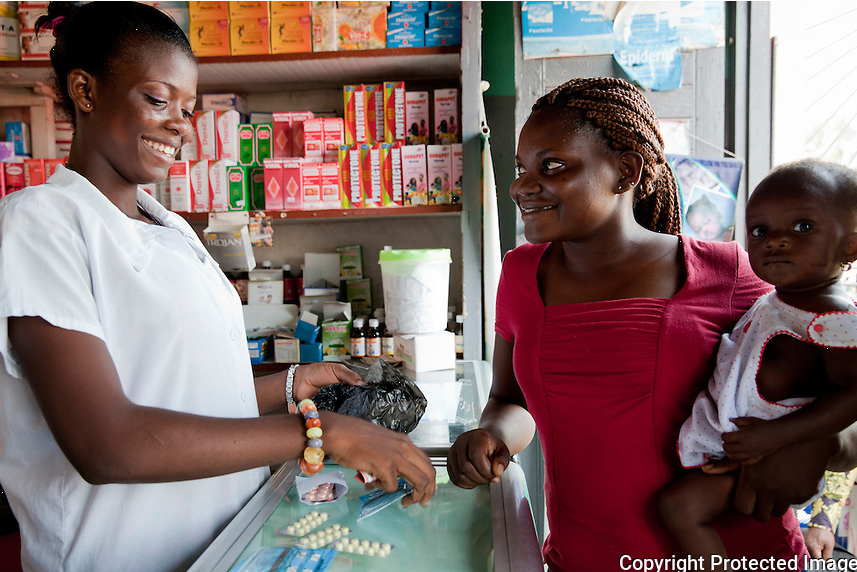
In collaboration with the Government of Ghana, USAID supported operations research to identify solutions to ensure private health facilities, especially those providing services to sick children, report their high quality data to national health information systems.
In just three months, facilitative supervision in private health facilities increased reporting rates by 14 percent and contributed to an improvement in Ghana’s national health information management systems. Photo credit: Jessica Scranton.
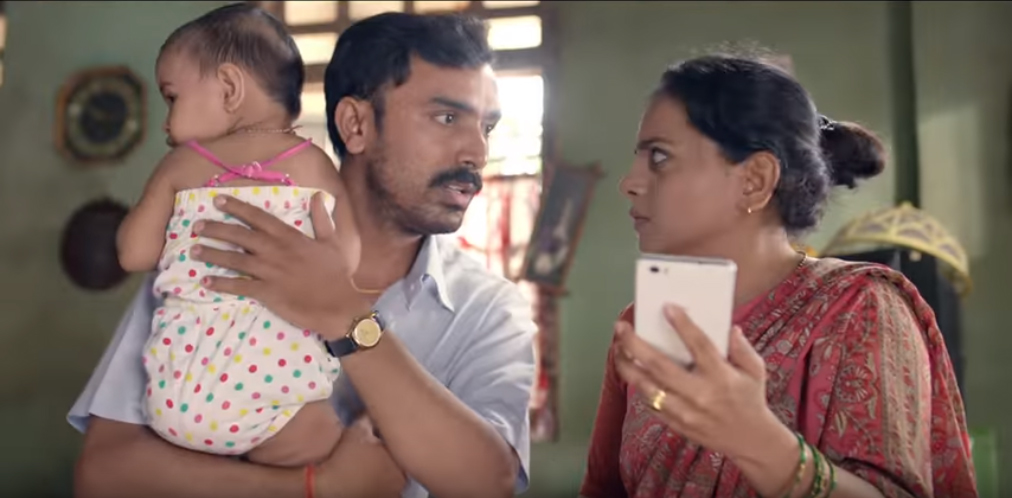
In India, USAID supported the production of an award-winning television spot on diarrhea treatment for children as part of India’s national Defeat Diarrhea campaign.
The campaign, including two television commercials and two radio spots, reached over 100 million people through the national broadcaster. Credit: SHOPS Plus
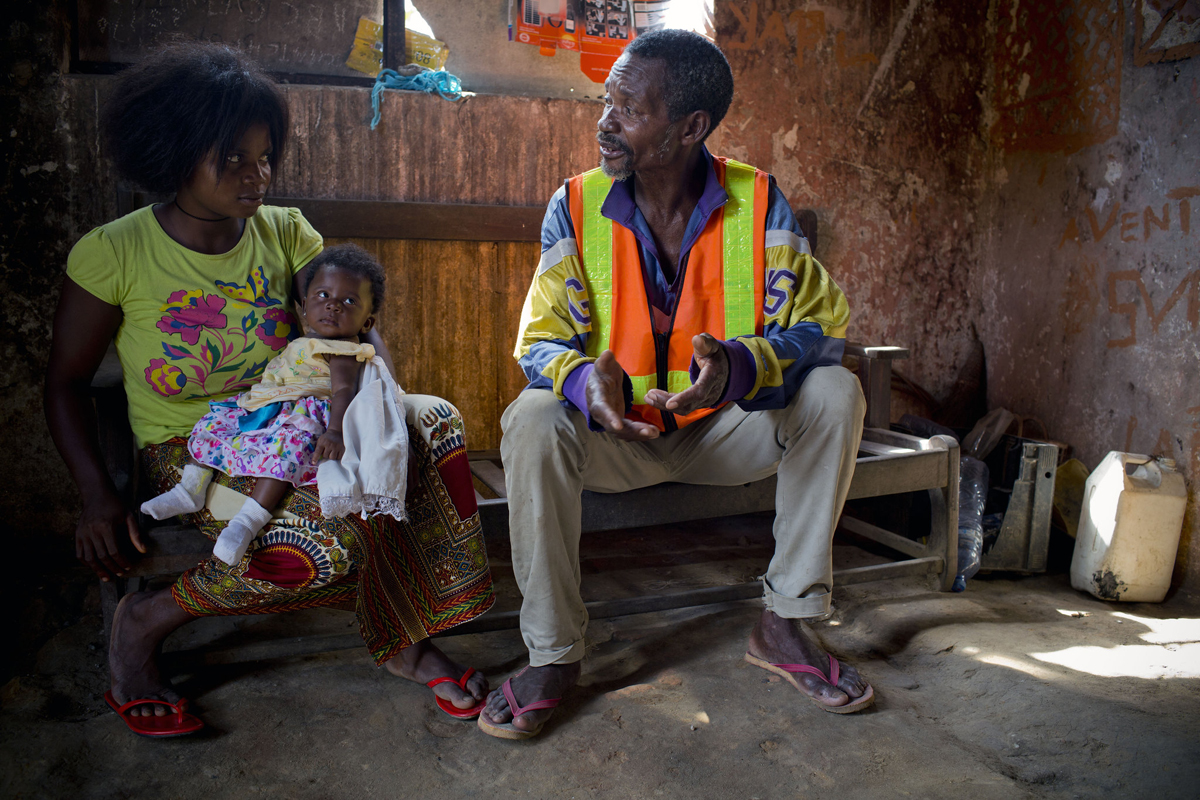
In 2019, USAID supported communities in nine provinces throughout the Democratic Republic of Congo to revitalize nearly 2,300 community-based sites, and to train 170 community health workers on updated national protocols, so that hard-to-reach children could access lifesaving integrated community case management of childhood illness (iCCM) services.
Credit: Kate Holt/MCSP
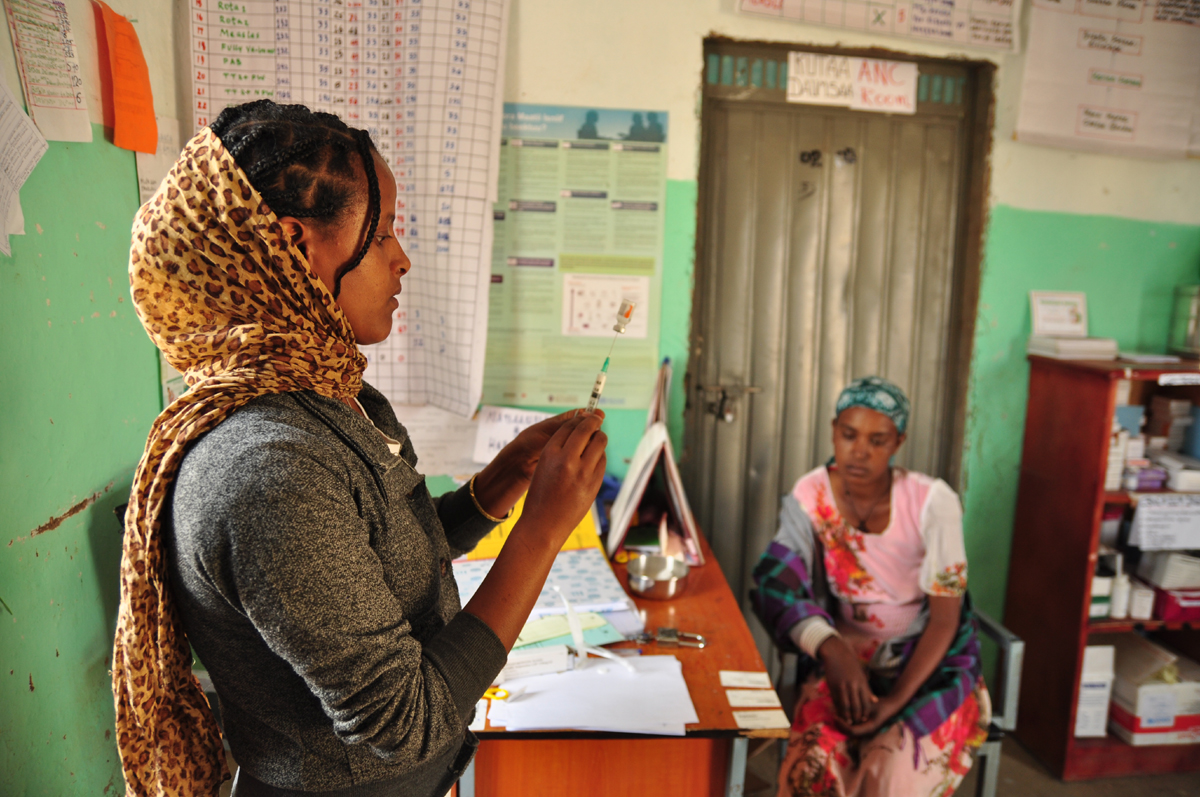
In Ethiopia, USAID supported the immunization of nearly 1.4 million children under the age of one with the third dose of the polio vaccine in 2019.
Credit: Amy Fowler/USAID
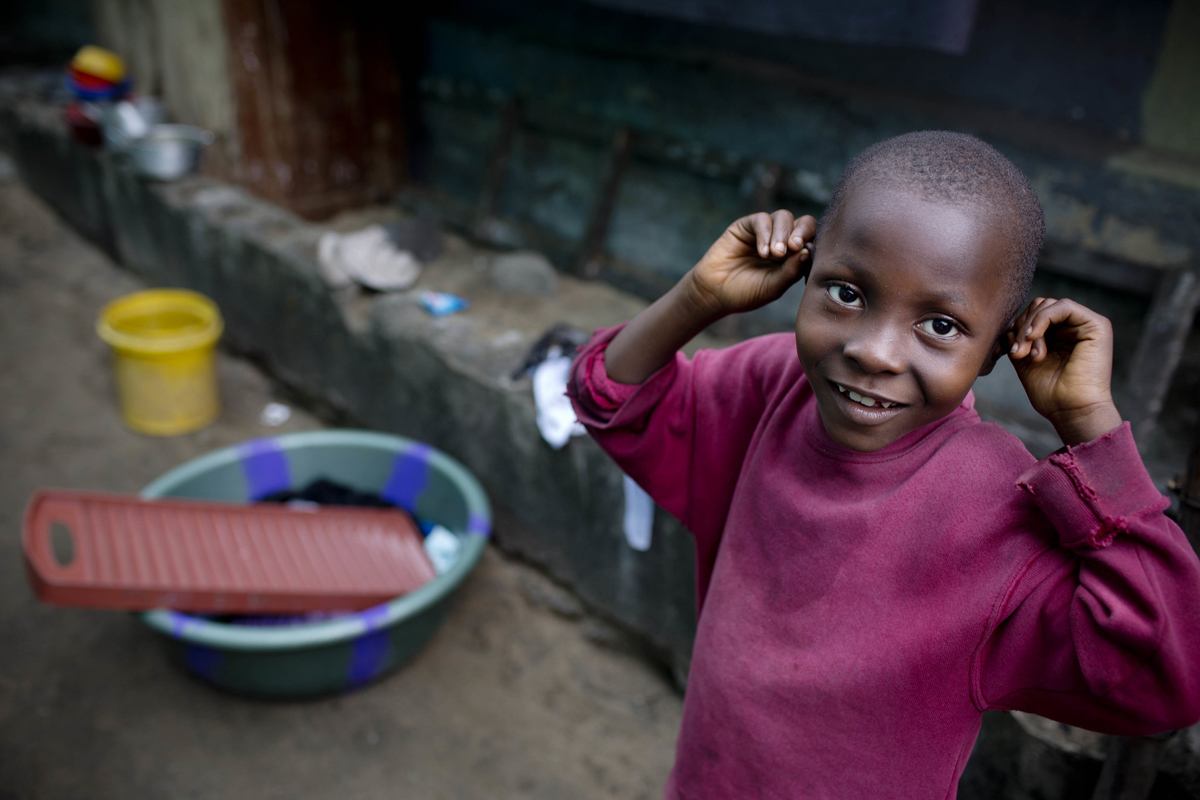
In Liberia, USAID assessed more than 33,000 children under five years old for acute malnutrition at the community level, and referred the two percent identified to be at risk for malnutrition to the health facility in 2019.
Credit: Kate Holt for Jhpiego/MCSP
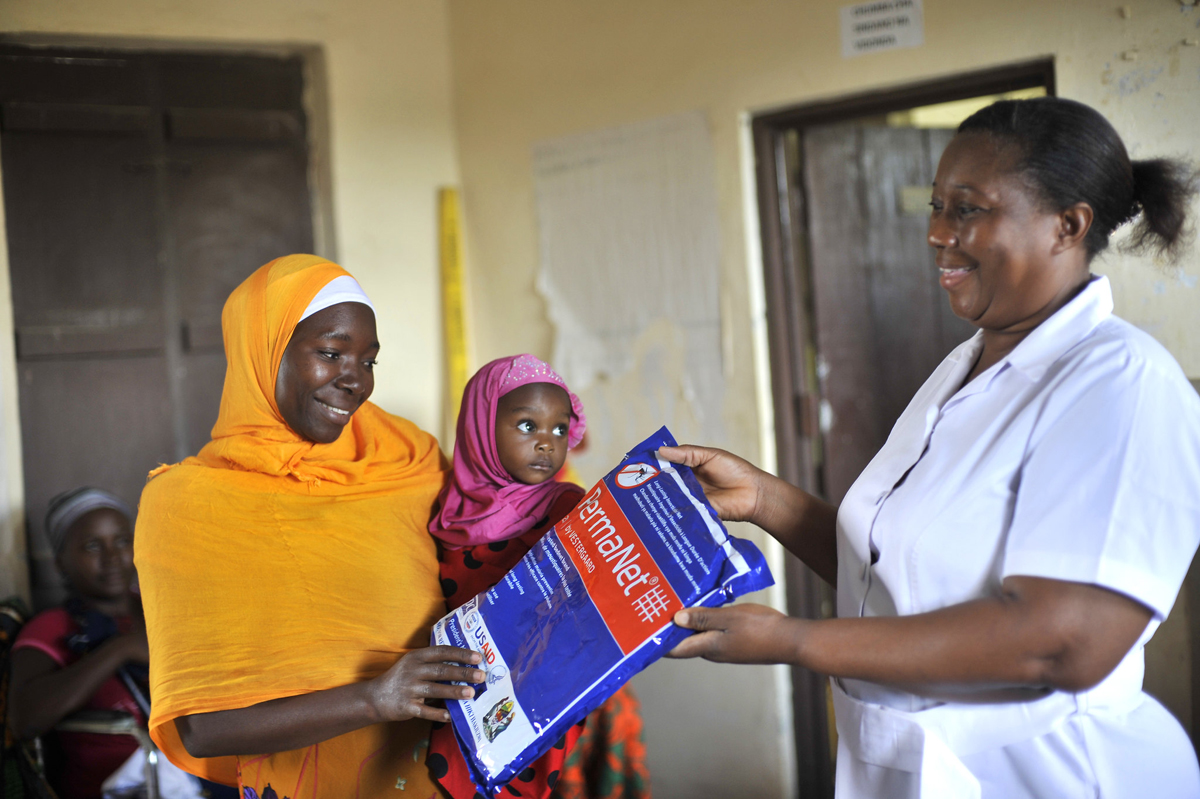
In 2019, USAID distributed 1.3 million bed nets during routine health services to protect pregnant women and children under the age of one against malaria.
Credit: Riccardo Gangale/VectorWorks, Courtesy of Photoshare
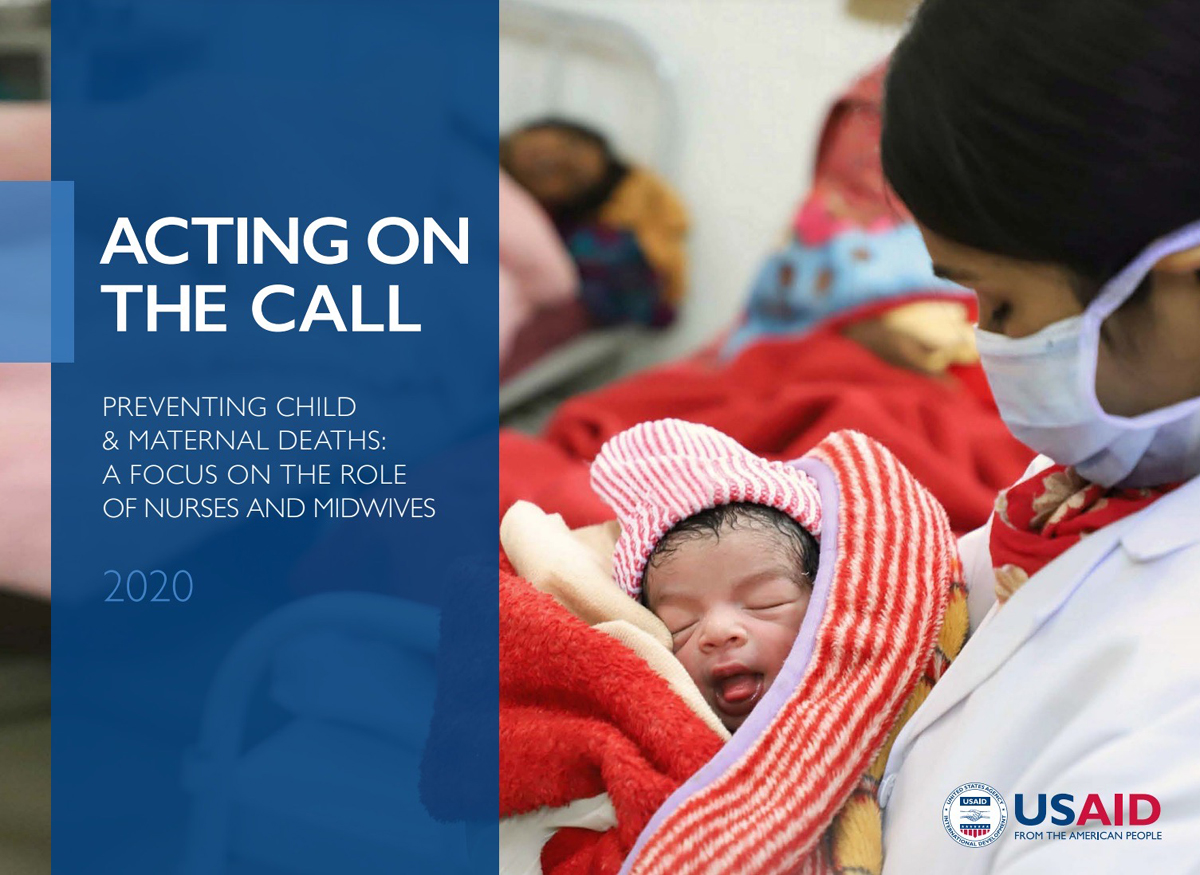
From 2012 to 2019, USAID provided 92.8 million treatments to children for diarrhea and pneumonia and reached 27.2 million children with nutrition programs across 25 priority countries, in 2019 alone.
USAID is working with partners to scale up what works to save children, and we're reporting back annually on progress. Check out the 2020 Acting on the Call report for more information. Credit: USAID/India
1 https://data.unicef.org/resources/levels-and-trends-in-child-mortality/#
2 https://data.unicef.org/resources/levels-and-trends-in-child-mortality/#
3 https://www.usaid.gov/sites/default/files/USAID_2020_Horizontal_TAG_V12_508optV3.pdf [PDF, 15MB]

Comment
Make a general inquiry or suggest an improvement.